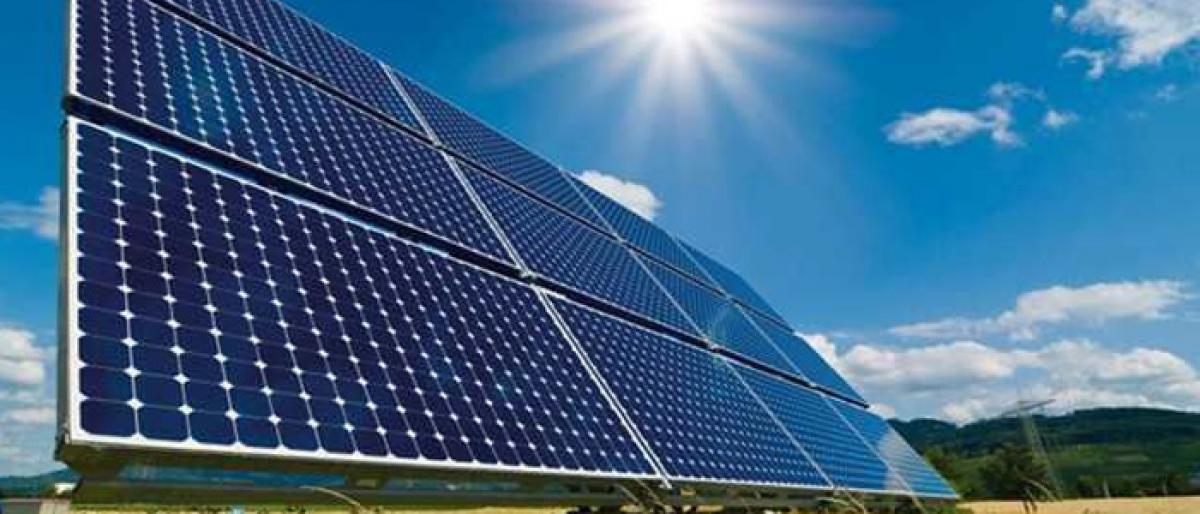What is ISA?

The International Solar Alliance (ISA), jointly launched by India and France at the UN Climate Change Conference over two years ago, is set to turn to the sun to brighten its future with Prime Minister Narendra Modi and French President Emmanuel Macron co-chairing its founding conference in the national capital on Sunday.
The International Solar Alliance (ISA), jointly launched by India and France at the UN Climate Change Conference over two years ago, is set to turn to the sun to brighten its future with Prime Minister Narendra Modi and French President Emmanuel Macron co-chairing its founding conference in the national capital on Sunday.
It is a specific body in place to address the specific solar technology deployment needs of the solar resource rich countries located between the Tropic of Cancer and the Tropic of Capricorn. ISA aims at accelerating deployment of solar energy by reducing costs and making adequate funding available for its rapid deployment in solar-rich member-nations.
With the backing of nearly 121 member-countries rich in solar energy, 26 have so far ratified ISA's Framework Agreement. ISA became a treaty-based inter-governmental international organisation on December 6, 2017, registered under Article 102 of the United Nations Charter.
The cumulative solar capacity of ISA member-countries is around 175 GW by end of 2017, around 44 per cent of the global capacity. However, these are concentrated in China, India and Australia with 130 GW, 20 GW and 7 GW installations, respectively, or around 90 per cent of all ISA member-country solar capacity.
Tracing ISA's two-year journey, experts say the key milestones include the joint declaration signed on October 6, 2017 with the European Investment Bank to mobilise finance for promoting solar energy. ISA aims to mobilise more than $1,000 billion in solar investments by 2030 to minimise fossil fuel dependence that help keep global temperatures from rising above two degrees Celsius by the end of the century.
At the last UN Climate Change Conference (COP-23) in Bonn in 2017, ISA presented the Common Risk Mitigation Mechanism, its first offering to deepen solar markets and unlock finance for solar projects in developing economies. As part of the Mechanism's pilot phase, a $1 billion guarantee could crowd in up to $15 billion of investments for 20 GW of solar PV capacity in more than 20 countries.
ISA will develop synergies among – but not duplicate efforts of –International Renewable Energy Agency, Renewable Energy and Energy Efficiency Partnership, International Energy Agency, Renewable Energy Policy Network for the 21st Century, UN bodies, bilateral organizations etc.














